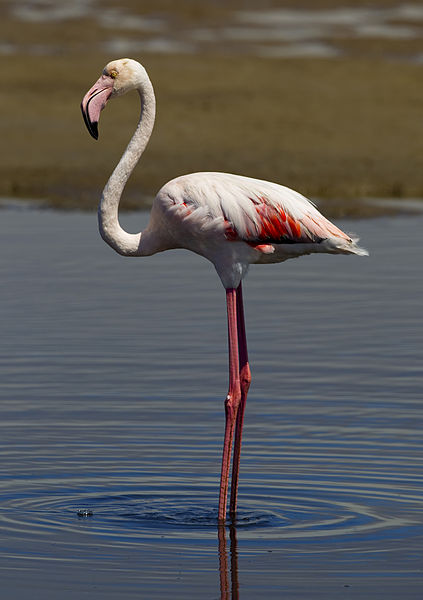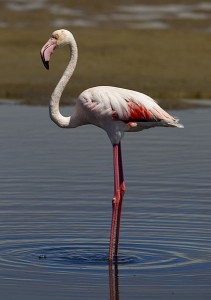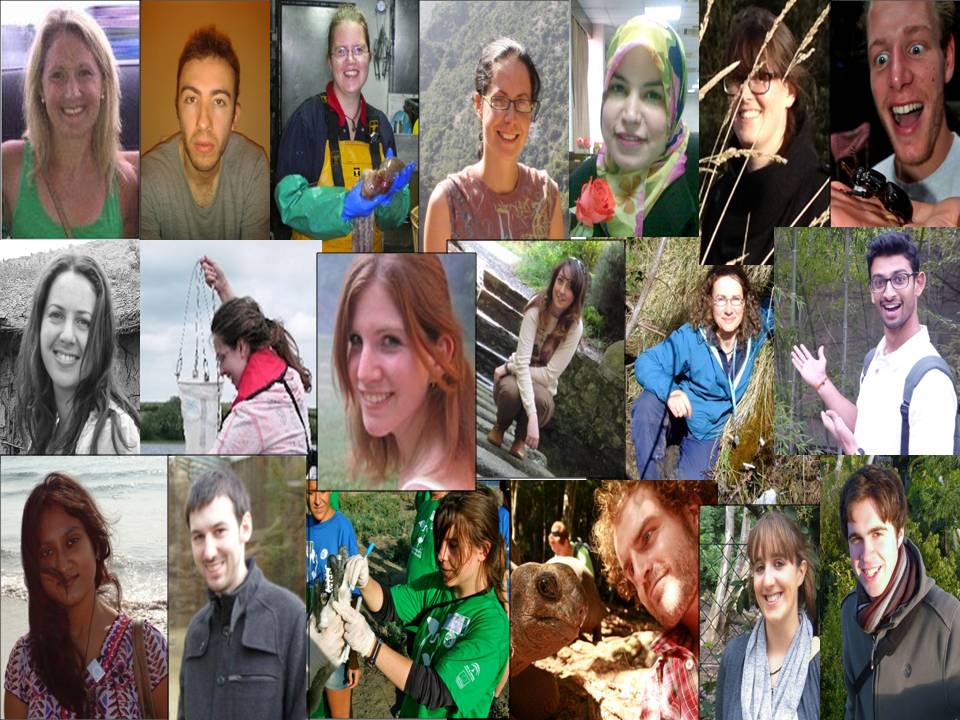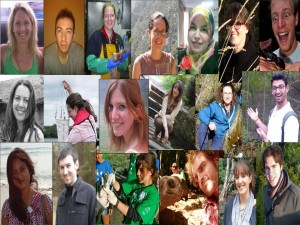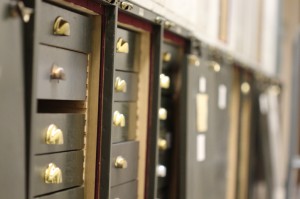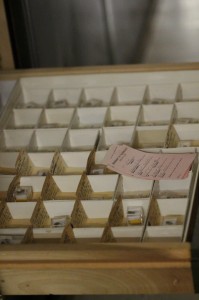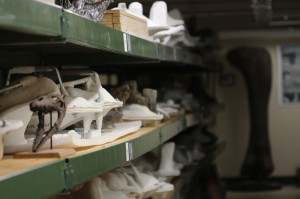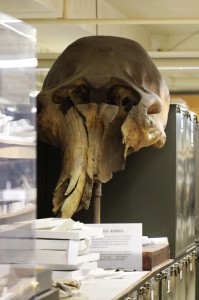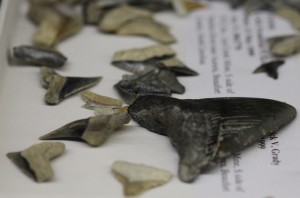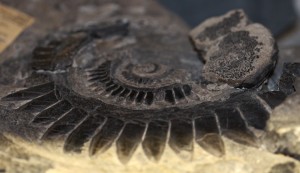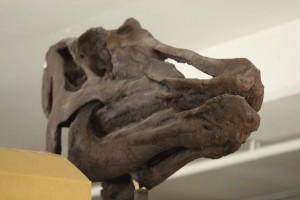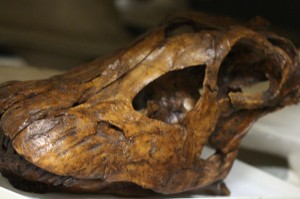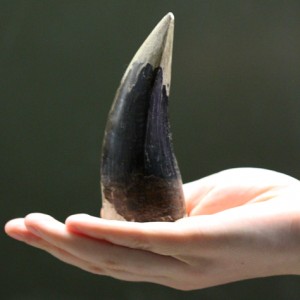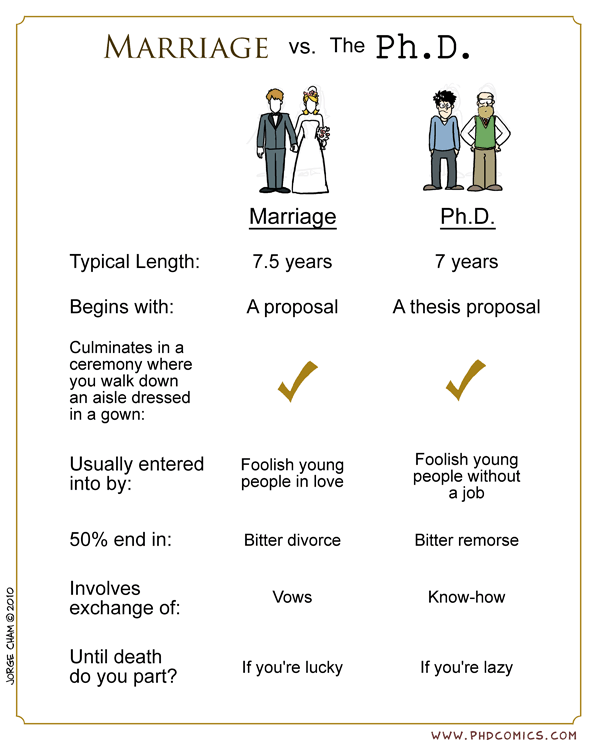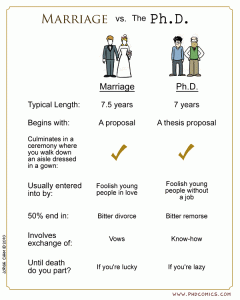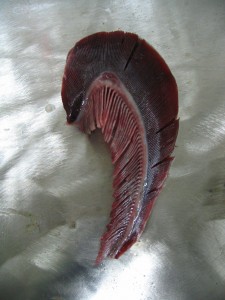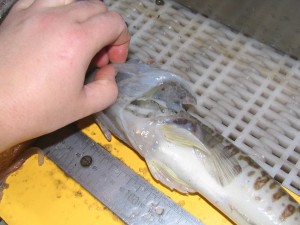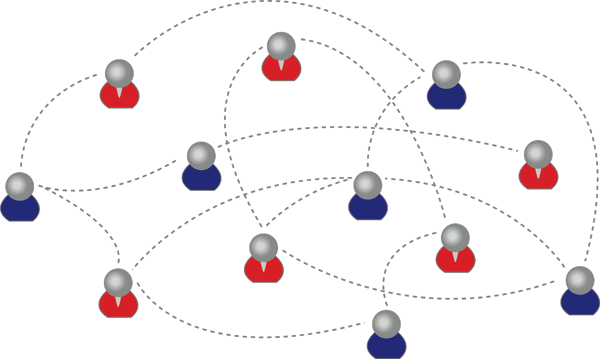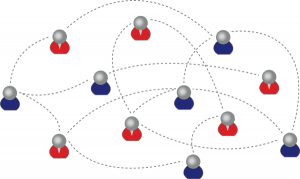 On the 15th and 16th April we had one of my favourite events at Trinity College Dublin: the annual School of Natural Sciences Postgraduate Symposium. Over the course of two days many of our PhD students presented their work to the School. We also had two amazing plenary talks from Dr Nick Isaac (CEH) and Professor Jennifer McElwain (UCD). For those of you who are interested in exactly what we work on here at EcoEvo@TCD, here are the abstracts from the PhD student presentations. Check out the TCD website for more details!
On the 15th and 16th April we had one of my favourite events at Trinity College Dublin: the annual School of Natural Sciences Postgraduate Symposium. Over the course of two days many of our PhD students presented their work to the School. We also had two amazing plenary talks from Dr Nick Isaac (CEH) and Professor Jennifer McElwain (UCD). For those of you who are interested in exactly what we work on here at EcoEvo@TCD, here are the abstracts from the PhD student presentations. Check out the TCD website for more details!
Karen Loxton [@LoxtonKaren]: Parasite lost: Helminth parasites in the invasive bank vole in Ireland.
Invasive species are a major cause of biodiversity decline throughout the world. Determining why some species become invasive when introduced to a new environment is therefore of great importance. One hypotheses is that invasives escape their native parasites and are ‘released’ from the effects of parasitism. This project looked at the intestinal helminth parasites of the invasive bank vole to determine if it is less parasitised than in its native ranges.
Kevin Healy [@healyke]: Digging how you wing it! Extrinsic mortality and longevity in volant and fossorial endotherms. *Highly commended*
Longevity is a fundamental life history trait that exhibits considerable variation among species. While longevity strongly correlates with body size many species live either far longer, or indeed shorter, than expected. Classical life history theory predicts that species that experience high extrinsic mortality will, on average, evolve shorter lifespans. We tested using phylogenetic comparative methods in birds and mammals whether species that either possess abilities or live in environments that reduce predation display longer lifespans. Our results showed that as predicted traits such as volancy, fossoriality and foraging in arboreal environments are associated with long-lived species.
Louise Esmonde: Plant selection for use in a submerged macrophyte vegetation (SAV) wetland under temperate conditions.
Constructed wetlands are seen as a sustainable and low carbon alternative to conventional wastewater treatment solutions. Submerged Aquatic Vegetation (SAV) wetlands utilize the ability of submerged macrophytes to remove nutrients and metals from the water phase to treat wastewater. This study uses the relative growth rates (RGR) of a number of submerged macrophyte species as an aid in selecting the best species for use in a SAV wetland. So far the RGR of the submerged macrophyte species Myriophyllum spicatum, Elodea canadensis and Ceratophyllum demersum have been measured. RGR was found to be in the order: E. canadensis > M. spicatum for planted specimens and M. spicatum > E. canadensis > C. demersum for unplanted specimens. Research is on-going into the treatment potential of these species in terms of nutrient and metal removal from wastewaters.
Melinda Lyons: Petrified plants – the ecology of lime-rich springs
Petrifying springs are intriguing ecological and hydrogeological features with extreme chemical conditions in which specialised plant species thrive. They deposit ‘tufa’, a porous rock, on the ground surface and on plants where lime-rich spring water emerges. Recent measurements of tufa accumulation show surprisingly rapid growth rates. This distinctive habitat (a priority habitat in Annex I of the Habitats Directive) is being investigated in Ireland for the first time. Analysis of relevé data indicates that different subtypes occur depending on topographical settings. Some examples are of particularly high conservation value, most notably those on the Benbulbin Range of Counties Sligo and Leitrim. The habitat is vulnerable to changes in water flow and quality, land use practices and visitor pressures.
Hanan Elshelmani: MicroRNA profiling in serum of Age-Related Macular Degeneration patients
Age-related macular degeneration (AMD) is a common condition causing a progressive visual impairment, leading to irreversible blindness. This condition is characterised by loss of central vision attributed to degenerative and neovascular changes that occur in the neural retina and the underlying choroid. In what we believe to be the first study of its kind, here we aimed to establish if circulating miRNAs may exist which are associated with AMD and so may have relevance as novel test for rapid screening, early diagnosis; disease sub-typing; and/or treatment selection for AMD. Results: Unsupervised hierarchical clustering (performed using dChip software) indicated that AMD specimens have a different miRNA profile compared to that of healthy controls. Overall 157, 207, 190 miRNAs were detected in control, neovascular and atrophic respectively. 56 and 11 miRNAs, respectively, were found to be detectable at significantly higher levels in serum specimens from neovascular and atrophic patients compared to control sera. Interestingly, only 5 differentially-expressed miRNAs overlapped between atrophic and neovascular patient groups; suggesting biomarker specificity for different types of this condition.
Patricia Coughlan: The phylogenetics of paclitaxel biosynthesis genes in Taxus baccata, Taxus hybrids and allies
Taxus baccata, more commonly known as the Irish Yew, is a natural producer of Paclitaxel. Bristol Myers Squibb developed an effective anti-cancer drug from Paclitaxel and gave it the trade name Taxol. Taxol is used to treat ovarian, breast and lung cancer. This project will develop molecular primers to amplify and study the genes involved in the Taxol biosynthetic pathway, and take a phylogenetic approach to discover which genes are more important for paclitaxel production. More specifically, it will discover variation in these genes between Taxus baccata and Taxus hybrids such as Taxus xmedia.




